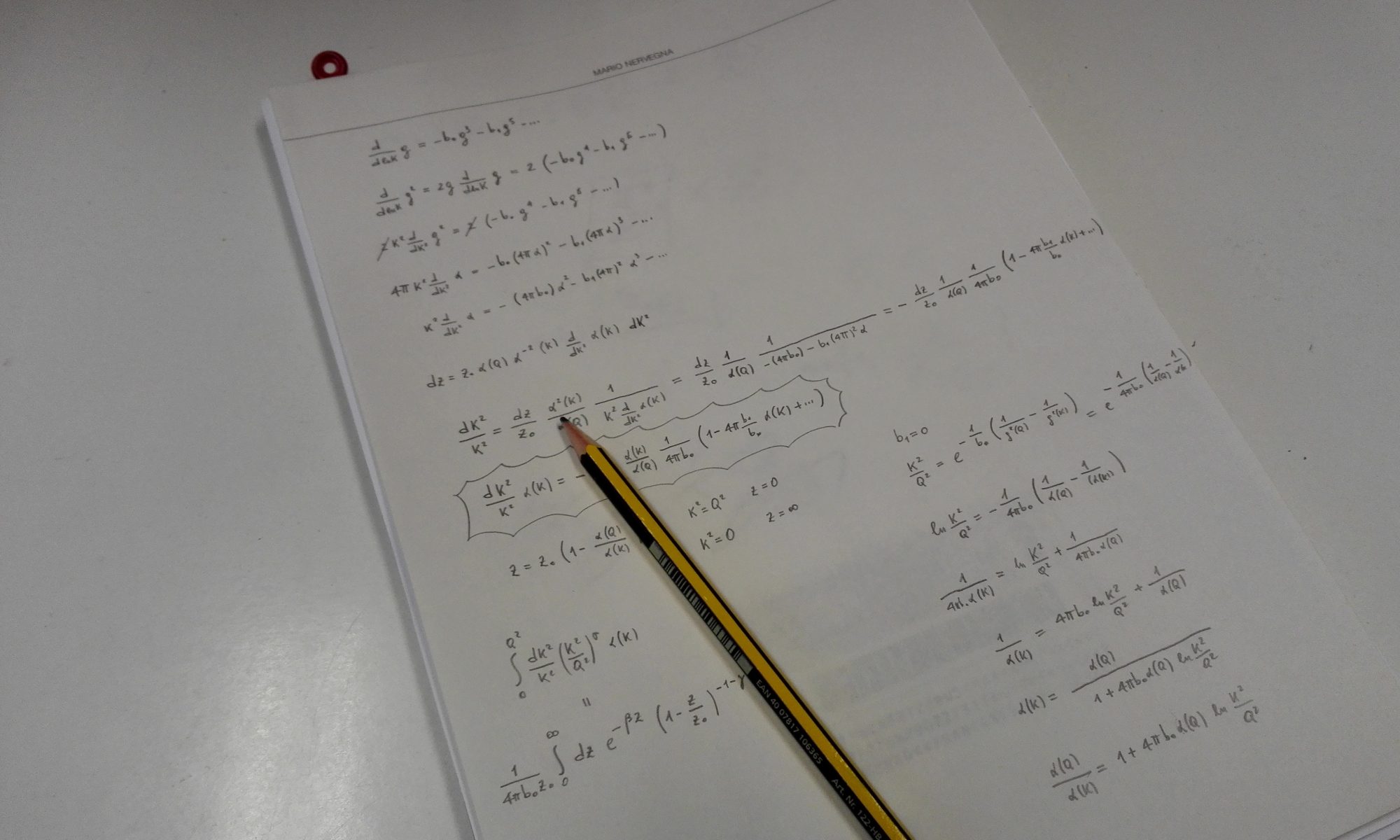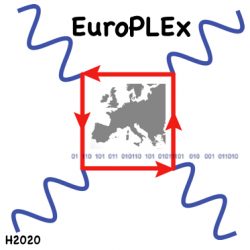The lattice regularization will be exploited as a tool to validate conjectures of QFT and String Theory.
The string/gauge holographic duality suggests to understand the strong coupling dynamics of supersymmetric gauge theories through a dual description via string theories in specific curved backgrounds. Within this framework, recent progress has devised analytic methods – integrability, supersymmetric localisation – which deliver predictions which are actually exact in the coupling. These methods, however, either require strong assumptions (all-order integrability) or apply to a restricted class of observables (those protected by supersymmetry) and are only formulated in gauge theories (localization).
Ab-initio, non-perturbative calculations in string theory appear therefore crucial for a number of reasons. First, they are the setup for verifying with unequaled definiteness the holographic conjecture, on which an enormous amount of work in the theoretical physics of the last two decades is based and the exact methods mentioned above. Second, they are also the most suitable candidates for the study of several observables and backgrounds for which alternative methods to go beyond perturbation theory are not existing (string backgrounds which are not classically integrable) or yet at a very preliminary stage (correlators of string vertex operators and dual gauge theory correlation functions).
Moreover in recent times a few tools have emerged that reveal deep connections between perturbative and non-perturbative physics. Not at all unrelated to what has been just sketched, Resurgence theory is yet another valuable one: the claim is that characteristic divergence of fluctuations about certain saddle points, such as the perturbative vacuum, may encode detailed information about the global non-perturbative structure of quantum systems.
Lattice techniques will be apllied to Green-Schwarz superstring sigma-models, to verify the AdS/CFT correspondence. Finite volume Chern-Simons theories with matter will be also explored at finite temperature: their phase structure and duality properties will be studied by means of analytical and numerical techniques. A new method to determine the large N meson spectrum will be used to explore much larger values of N. By making use of numerical stochastic perturbation theory techniques, resurgence scenarios will be probed, the capability of computing perturbative expansions about non-trivial saddle points being the breakthrough enabling us to tackle such computations.

